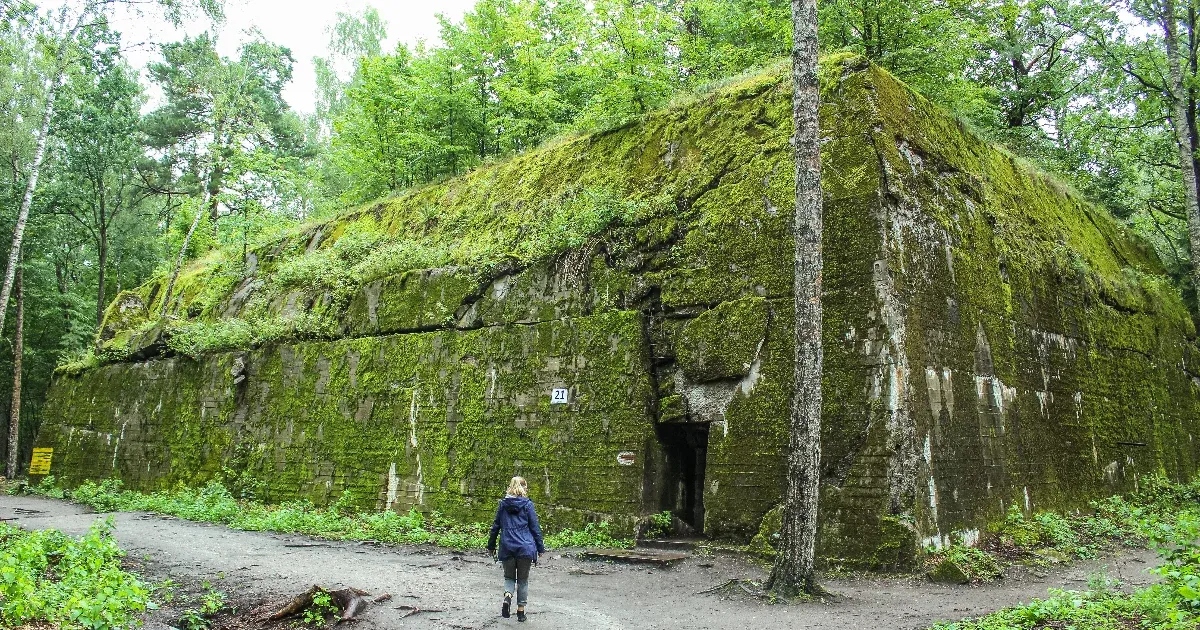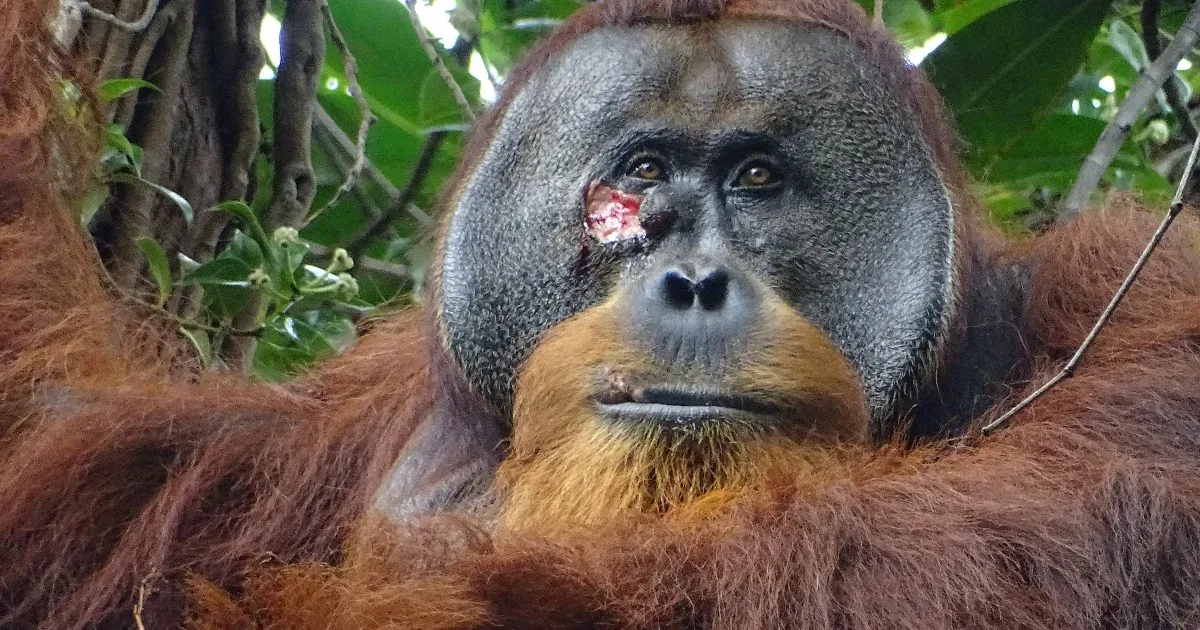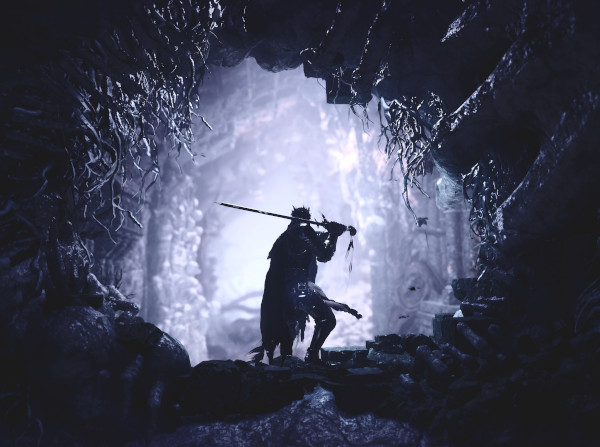the Proceedings of the National Academy of Sciences This revolutionary was published in a magazine conditionin which a nine-member team describes “one of the lost laws of nature.”
Motion, gravity, electromagnetism, and thermodynamics characterize the spatio-temporal behavior of natural systems. It was written down over 150 years ago and we learn it diligently in school. The new discovery complements the second principle of thermodynamics, which is considered the basis of all science, which is that everything moves towards entropy and chaos.
Evolution is a feature of everything and everywhere
Complex natural systems naturally evolve into larger, more diverse and complex states. The new research describes evolution as a common feature of complex systems in the natural world, where everything is made up of different components (atoms, for example) that can rearrange themselves through natural processes, and if — regardless of whether the system is living or nonliving — – A new assembly works well, function improves, and then evolution occurs.
The authors are A The law of job information augmentation The name given to that regularity, according to which a system evolves when many different configurations of it are selected for one or more functions.
An important element of natural law is selection by function.
Darwin’s main function was survival, i.e. generating healthy offspring. The new study expands this with three more important roles:
- Stability – a stable arrangement of atoms or molecules is chosen,
- Dynamic systems that ensure constant power supply is maintained,
- Novelty – Evolving systems discover new configurations that sometimes lead to surprising behaviors or properties.
This novelty occurred when single-celled people learned to use light energy and evolved photosynthesis, or when species developed new forms of behavior, such as swimming and thinking. But the same evolution also characterizes metals. In the first metals we can see a rare stable arrangement of atoms. Then came the more complex metals that actually participated in the formation of life. The evolution of life and minerals are intertwined. They are essential materials for shells, teeth, bones, and for life itself.
At the dawn of the solar system, there may have been about twenty types of minerals, but today we know of nearly six thousand, thanks to complex physical, chemical and biological processes that occurred over 4.5 billion years. The same evolution and diversity can be observed in stars.
The universe creates new combinations of atoms, molecules and cells. If these things are stable, they can lead to more new things, and will continue to evolve, and so on…











































